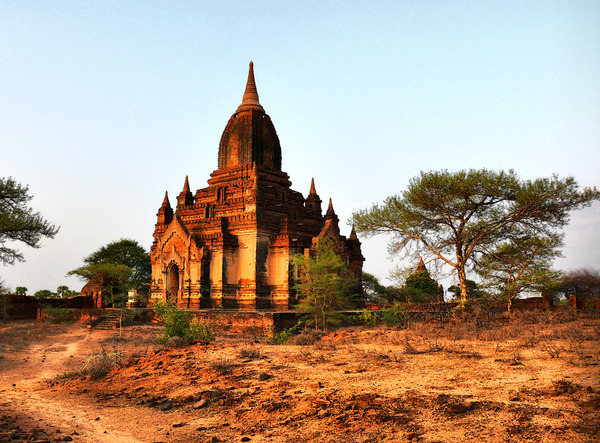The Holy Land of Numer

A Seprisi rug.
-About
-History & Locations
-Culture & Society
-Religion
About
It is written. It is written that there is a land between the vast oceans and freezing mountains, the land of the children of the goddess. Here lies the lush, fertile paradise known as Numer, the "land of the sacred rivers". It is a country of equal beauty and danger, piety and sin, luxury and poverty. Numer is the exotic land beyond, calling adventurers far and wide. This realm holds the great Suppir and Reegarsh rivers, which flood and bring silt to the delta, letting miles upon miles of grain and other crops flourish. It also is holds vast jungles and mountains, culminating in the great volcano Mt.Yresh, meaning "the world's fury". The geography of Numer epitomes its grace and power. It is a blessed environment with great rewards for the brave and the clever- they must only reach out and grasp them, if they dare to take the risk.
The Numerians, the dye-haired, brown-eyed, copper-skinned dwellers of this holy land, are a lively, ambitious, and cunning people. Wealth and luxury are everything, save for the gods. Their cities stand divided, each great metropolis ruled by an ensi, it's chief merchant and military leader, lover of the priestess or priest of the city's patron god. Yet all Numerians are tied together in their quest to find glory and riches. It is written.



